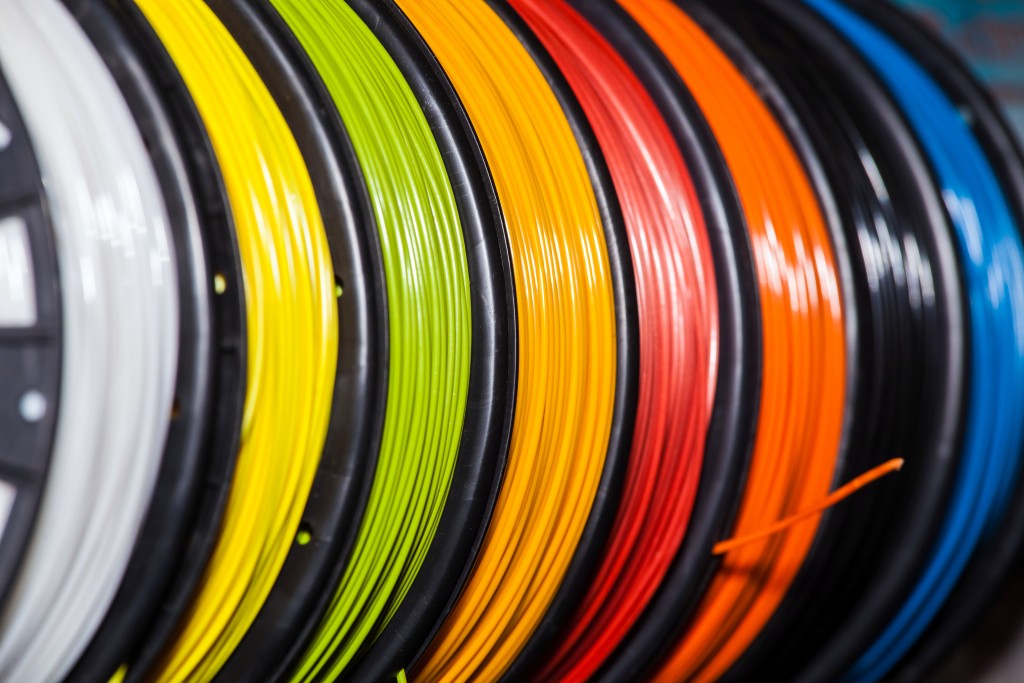One of the most revolutionary innovations that man has come up with is the introduction of plastic material into everyday applications that once relied on heavy metals, cotton, and glass.
Upon its introduction to the world, it has become a game-changer in several industries as they are resistant to degradation over time, economical, and safe for humans.
They are also easy to manufacture and put together as plastic bonding isn’t really rocket science. And the fact that they are malleable and can be molded into countless shapes and sizes all the more adds to its appeal.
11 Types of Plastic and How They’re Used
1. Polyethylene terephthalate
PETE, or PET, is the most produced plastic in the world today. It is widely used as the material for packaging and bottling as it is very effective as a moisture barrier and is shatterproof.
2. Polyethylene
PEs have several variants, two of which are low-density PE (LDPE) and high-density PE (HDPE). LDPEs are commonly used for plastic bags seen in grocery stores while the stiffer HDPEs are widely used as plastic containers.
3. Polyvinyl Chloride
Brittle, rigid, and strong, PVCs are widely used in residential and commercial constructions. Its most common uses include plumbing, electrical wire insulation, and siding.
4. Polypropylene
PP is one of the most in-demand plastics in the market due to its adaptability to various manufacturing techniques. It is easily repairable, is a good electrical insulator, and can be used in a wide variety of applications, such as automotive plastic parts, living hinges, and textiles, among others.
5. Polystyrene
PS is also widely known as styrofoam and is most useful as foam applications.
6. Polylactic acid
PLA is quite unique compared to the other plastics in this list as this biodegradable material is not derived from petroleum but from biomass.
7. Polycarbonate
Known for its high-impact strength, PC is a transparent plastic material that is commonly used in greenhouses and policemen’s riot gear.
8. Acrylic
Optical devices use mostly acrylic plastic or PMMA. On top of its transparent and scratch-resistant qualities, it is also safe for human use as it is less likely to do damage to a person’s skin or eyes in case it breaks compared to glass.
9. Acetal
Also known as polyoxymethylene or POM, acetal is a plastic material that has high tensile strength and has low-friction properties which makes it very ideal in bridging gaps between metals and plastics. It is most useful in applications that require the utilization of gears.
10. Nylon
Temperature resistant and high in strength, nylon, or PA, is used in a wide variety of applications including ropes or threads, clothing, rubber material reinforcement (as in tires), and a number of other uses.
11. Acrylonitrile Butadiene Styrene

ABS is widely used as a prototype material because it is easily manufactured, impact-resistant, and widely available.
Whatever plastic you use and however it is used, always remember to dispose of your plastic waste responsibly. Just because you use plastic doesn’t mean you don’t care for the environment, right?

